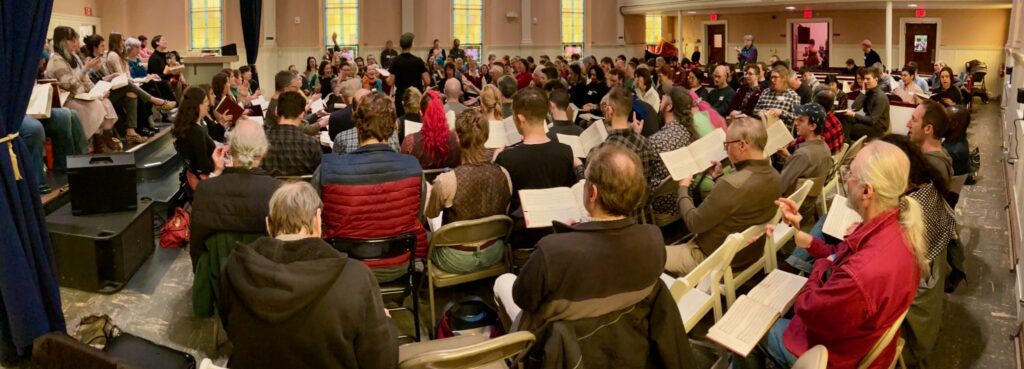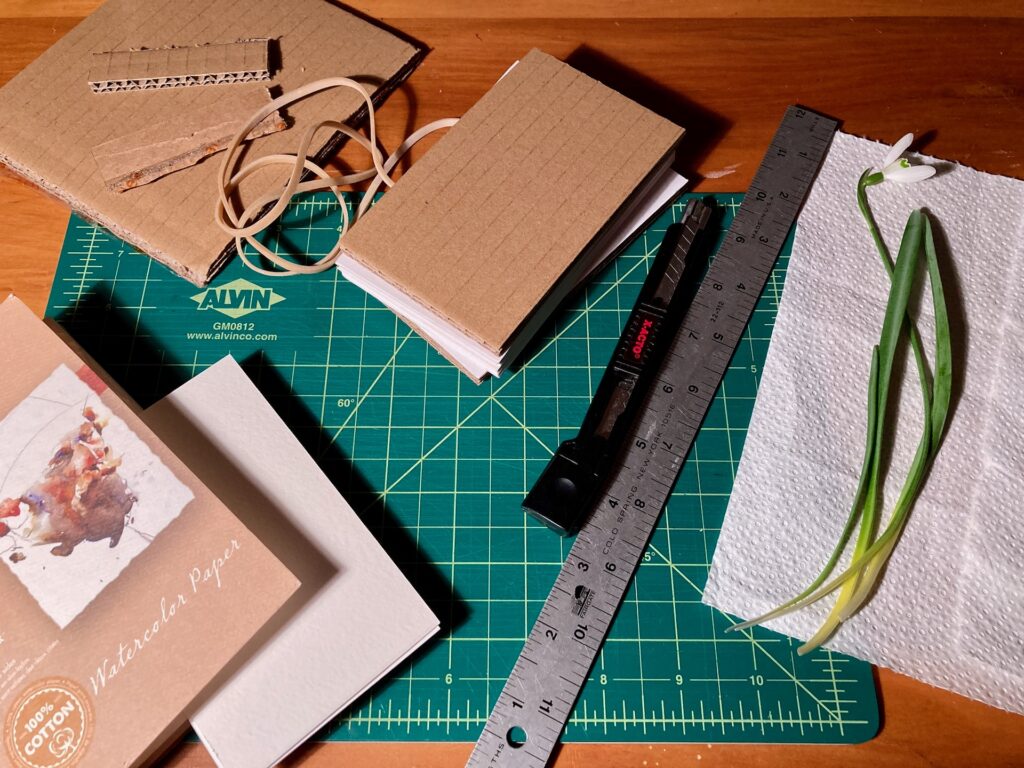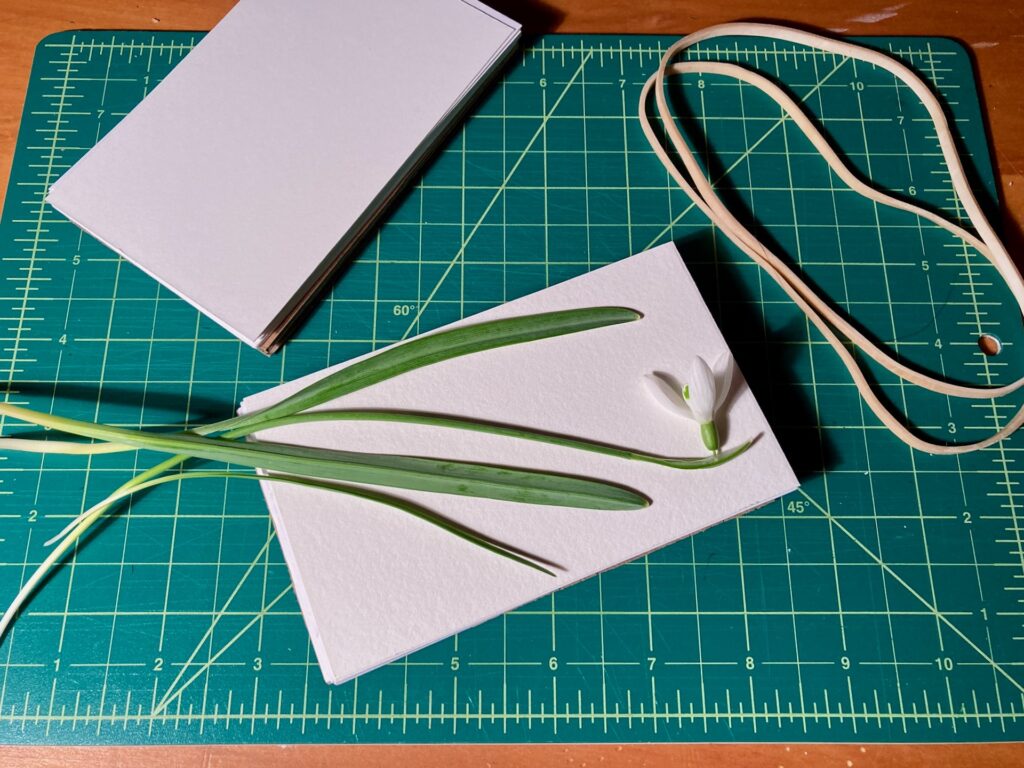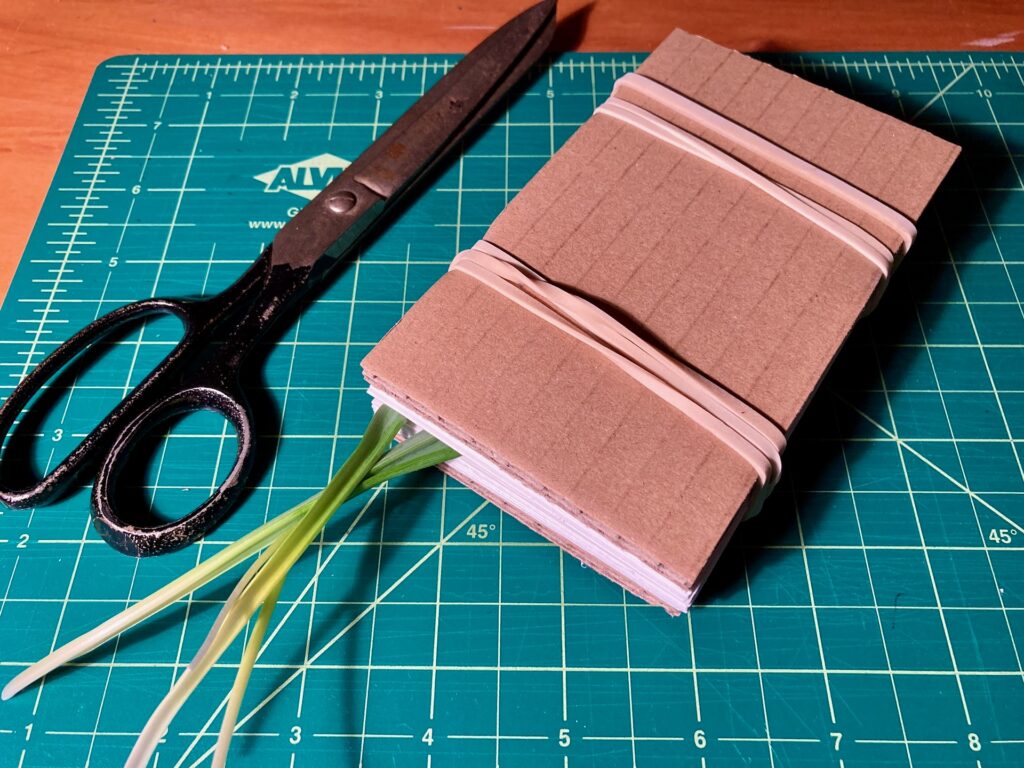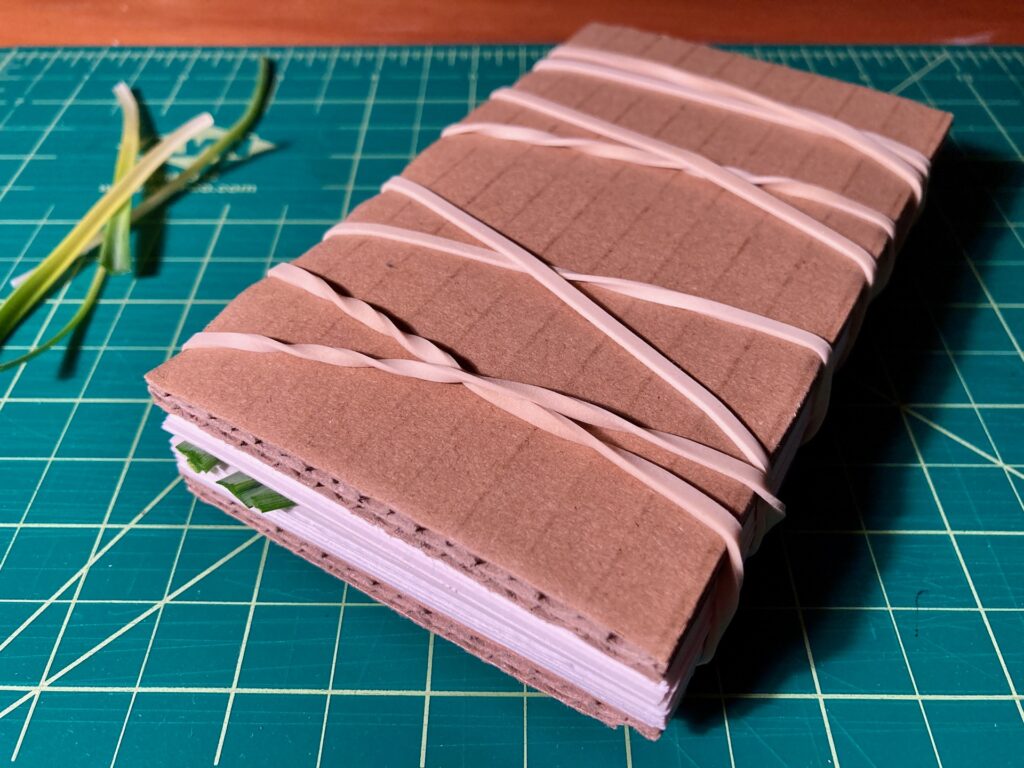On Wednesday and Thursday, I attended a training in “CampWell,” a new wellness program that’s being developed by the Alliance for Camp Health (ACH). Created in cooperation with the American Camp Association (ACA), CampWell emphasizes training front-line staff “to identify, understand, cultivate, and create a community of well-being.” The training I attended was aimed at program directors and leaders, so they can train their staff to promote well-being both in themselves and in the campers they serve.
I wish this program existed when I was active in Unitarian Universalist (UU) youth ministry at the district and continental levels. Around the year 2000, I had a contract with the Unitarian Universalist Association (UUA) to write training materials for youth advisors and youth leaders, and while I did the best I could with the scanty resources I had, the CampWell program makes me realize how inadequate those UUA trainings were.
CampWell benefits from a quarter of a century of research into social-emotional learning, MESH+ (mental, emotional, and social health), psychology of emotions, play, and more. CampWell is also much better funded than UUA youth ministry ever was, and the quality of the training materials is very high. Plus, ACH is engaged in ongoing research in how CampWell is implemented, which will lead to ongoing revision of the program.
While most UU organizations won’t be able to afford to send staff to CampWell trainings, here are some free or inexpensive resources on their website that could be useful in programs such as OWL, youth groups, summer camps, etc.:
MESH+ resource page — Scroll down for links to a variety of online resources. The links connect to other websites, such as ACA’s “Healthy Camp Toolbox” (wish I had this when I was helping plan overnight youth conferences), Search Institute info on fostering connections for positive youth development, and more.
MESH Pocket Guide — Meant to go in the backpacks of camp counselors, this 12 page folding guide gives tips for active listening, tips for when to seek help, tips for self-care, and more. While it may seem expensive at $8 each, the Guide is waterproof and tough, meant to stand up to hard use. I’ll be purchasing a couple to use in our congregation’s summer camp, and I also think it would be a great resource of OWL facilitators and youth advisors.
MESH Resource Guide — At $50, this is not cheap, but there’s lots of good material in here that could be shared with youth advisors, OWL facilitators, day camp staff, etc. Some of what’s included: an excellent overview of trauma in youth; causes and prevention of bullying; interacting with different types of parents; assessing youth participant behavior issues; and much more.
One final resource I learned about from the CampWell training — Mental Health First Aid. Given the epidemic of teen mental health issues we’re all seeing, this should be something every UU congregation learns about. Their motto is “Let’s make mental health first aid as common as CPR.” I completely agree. Now I just need to find a course near me.

